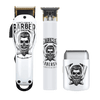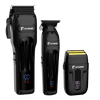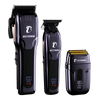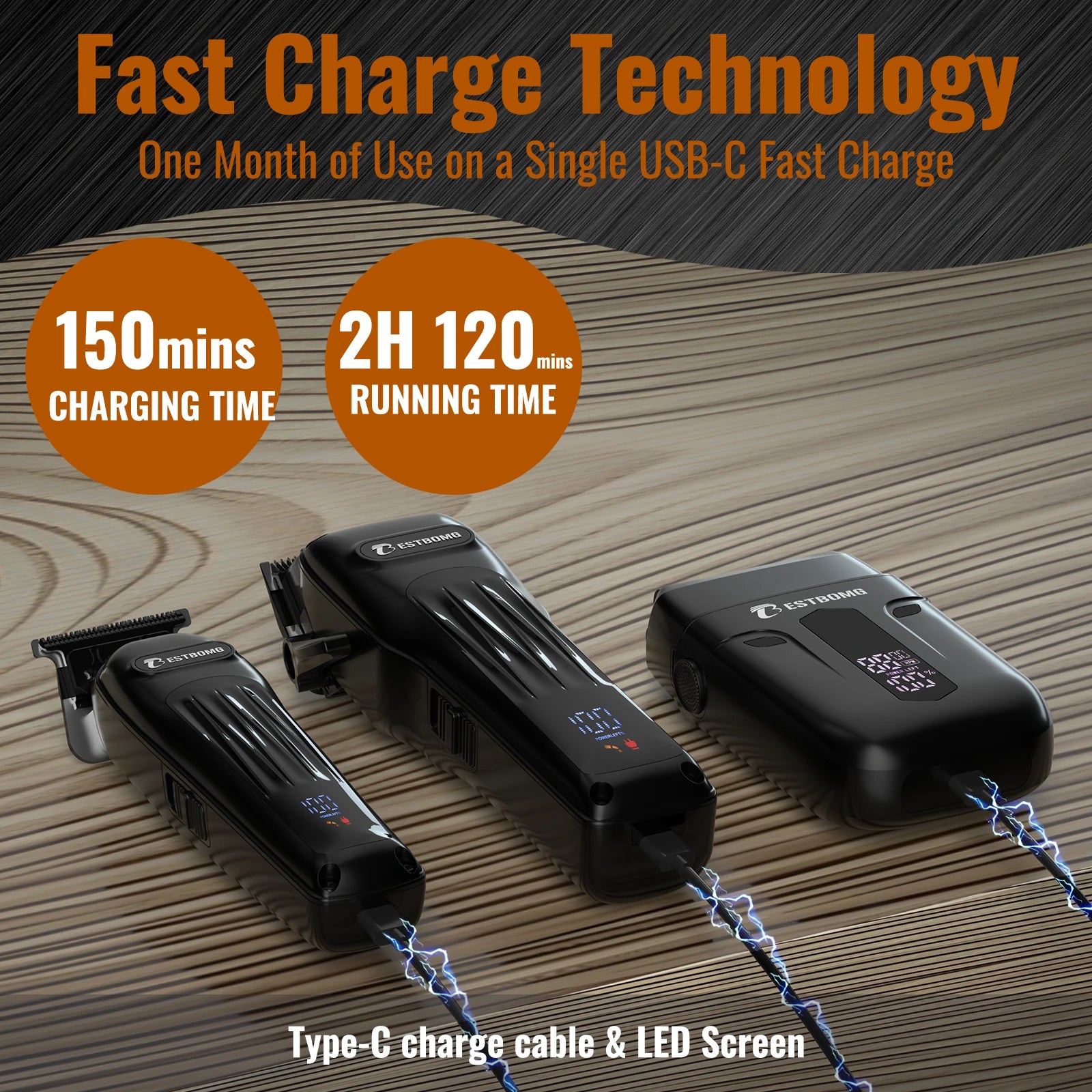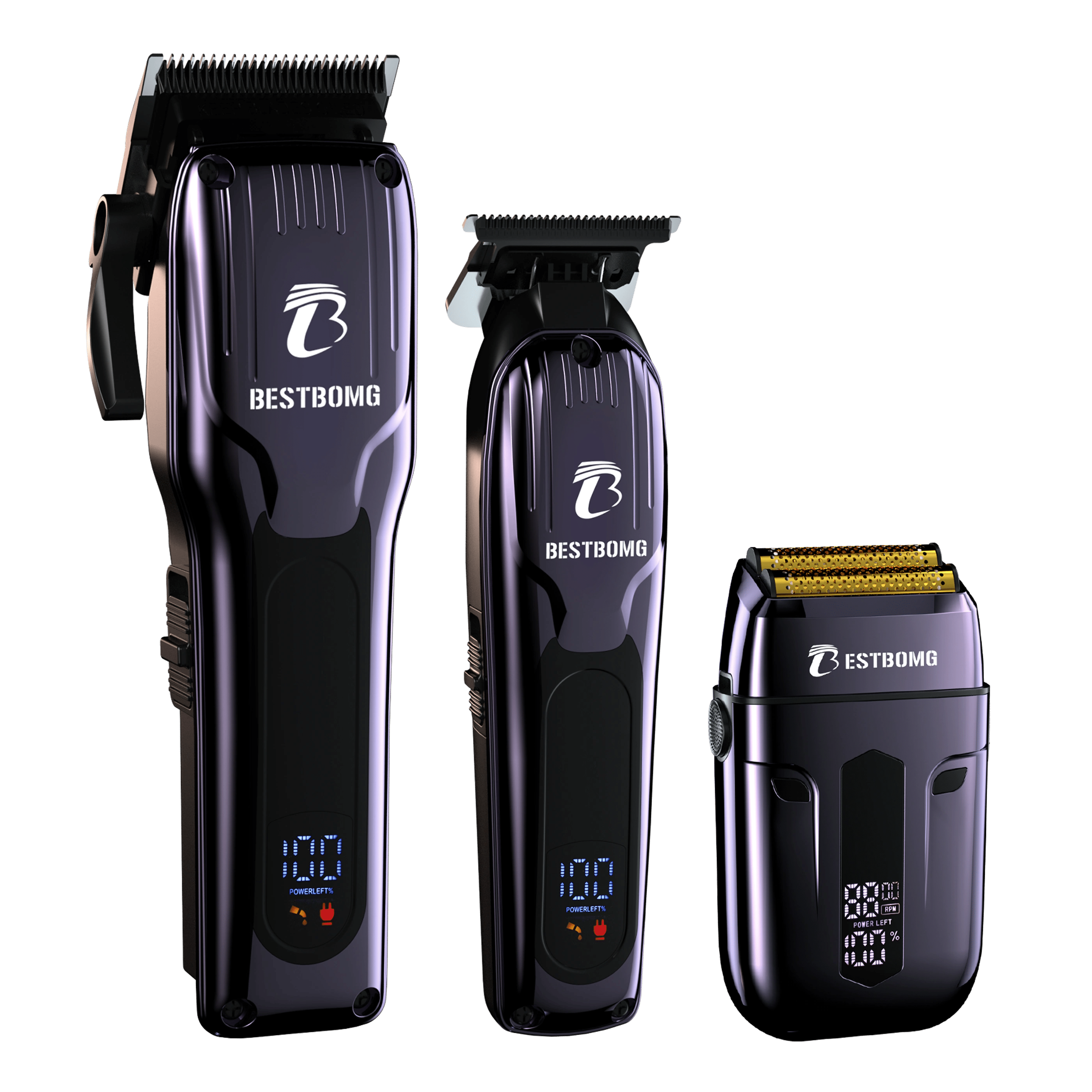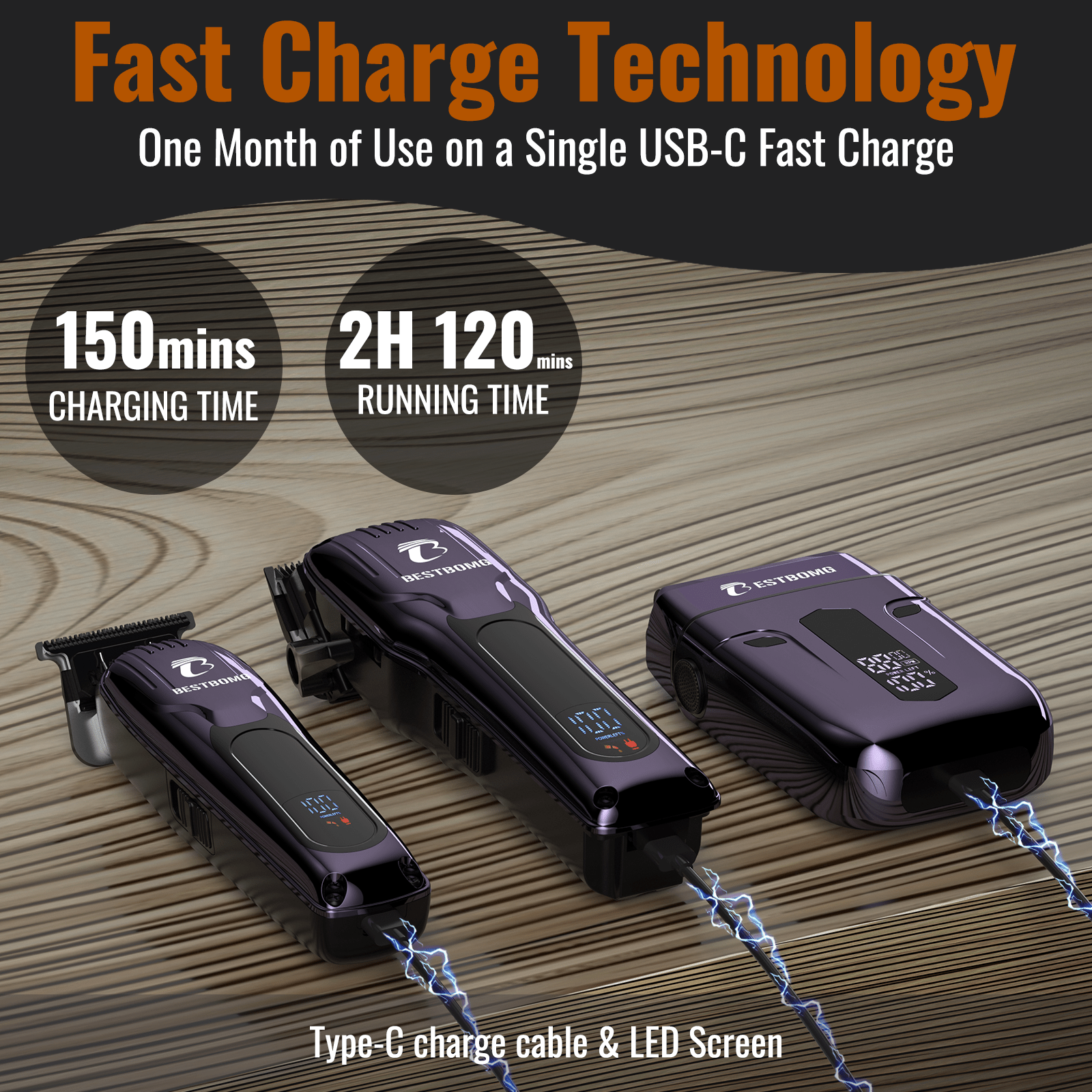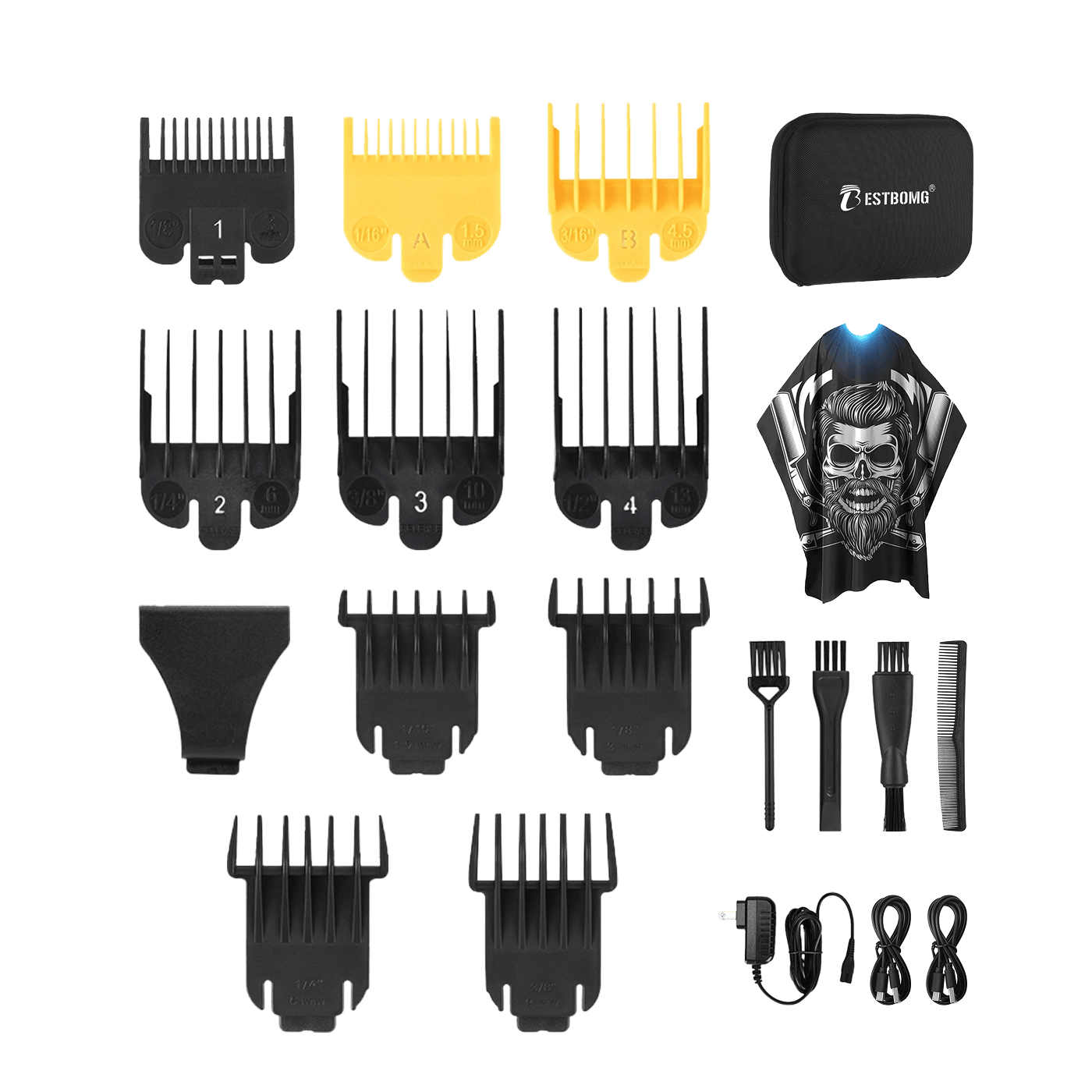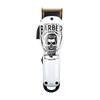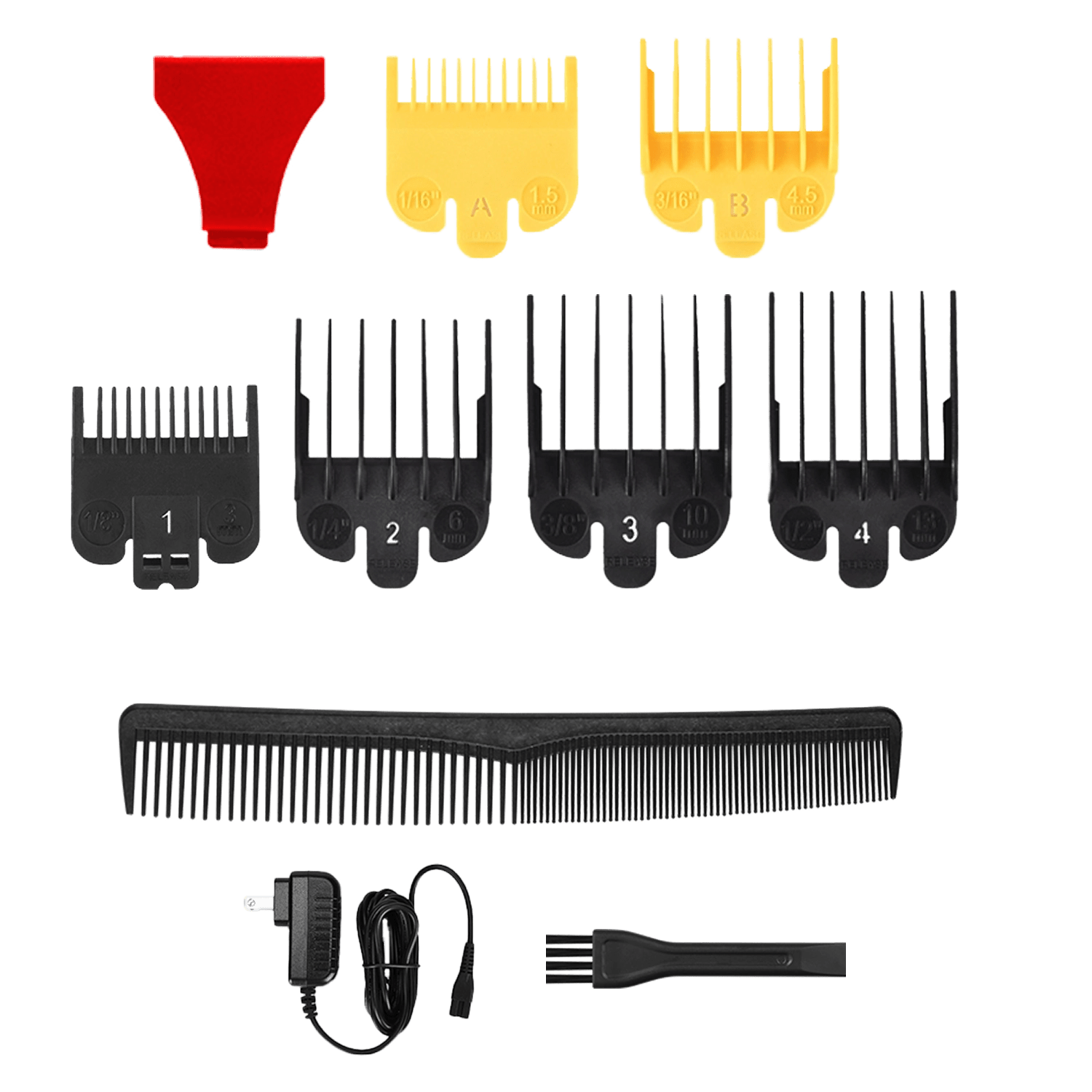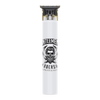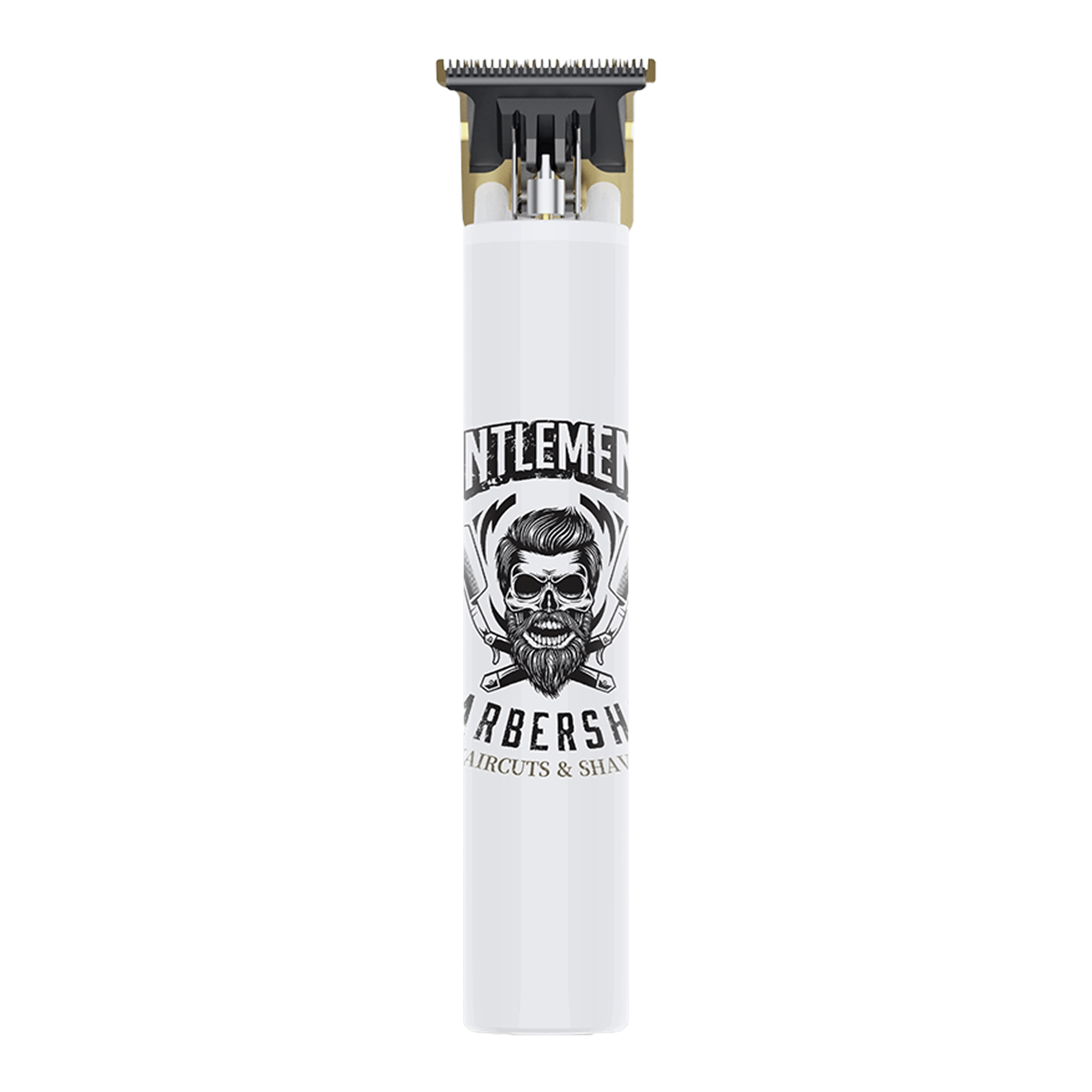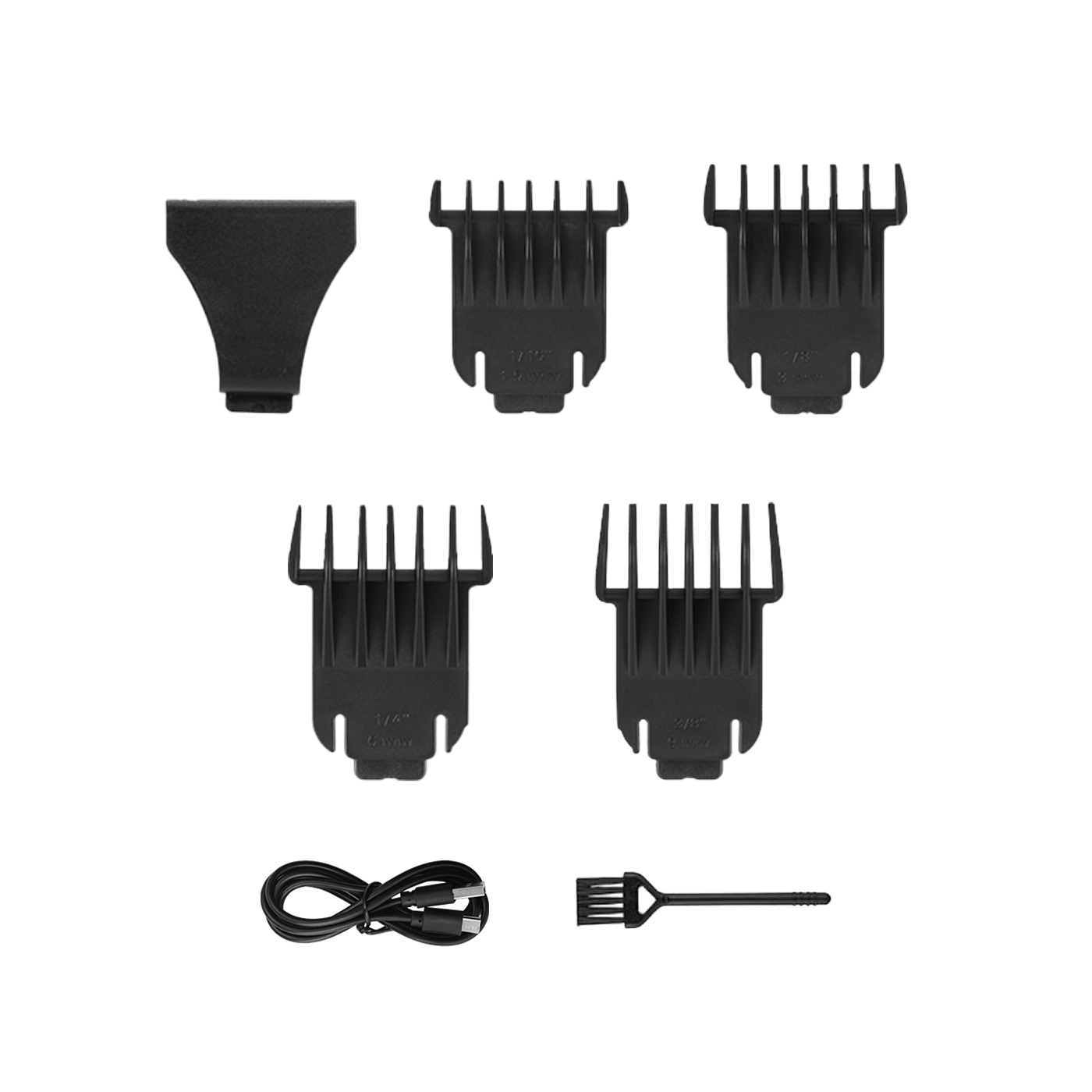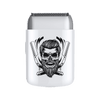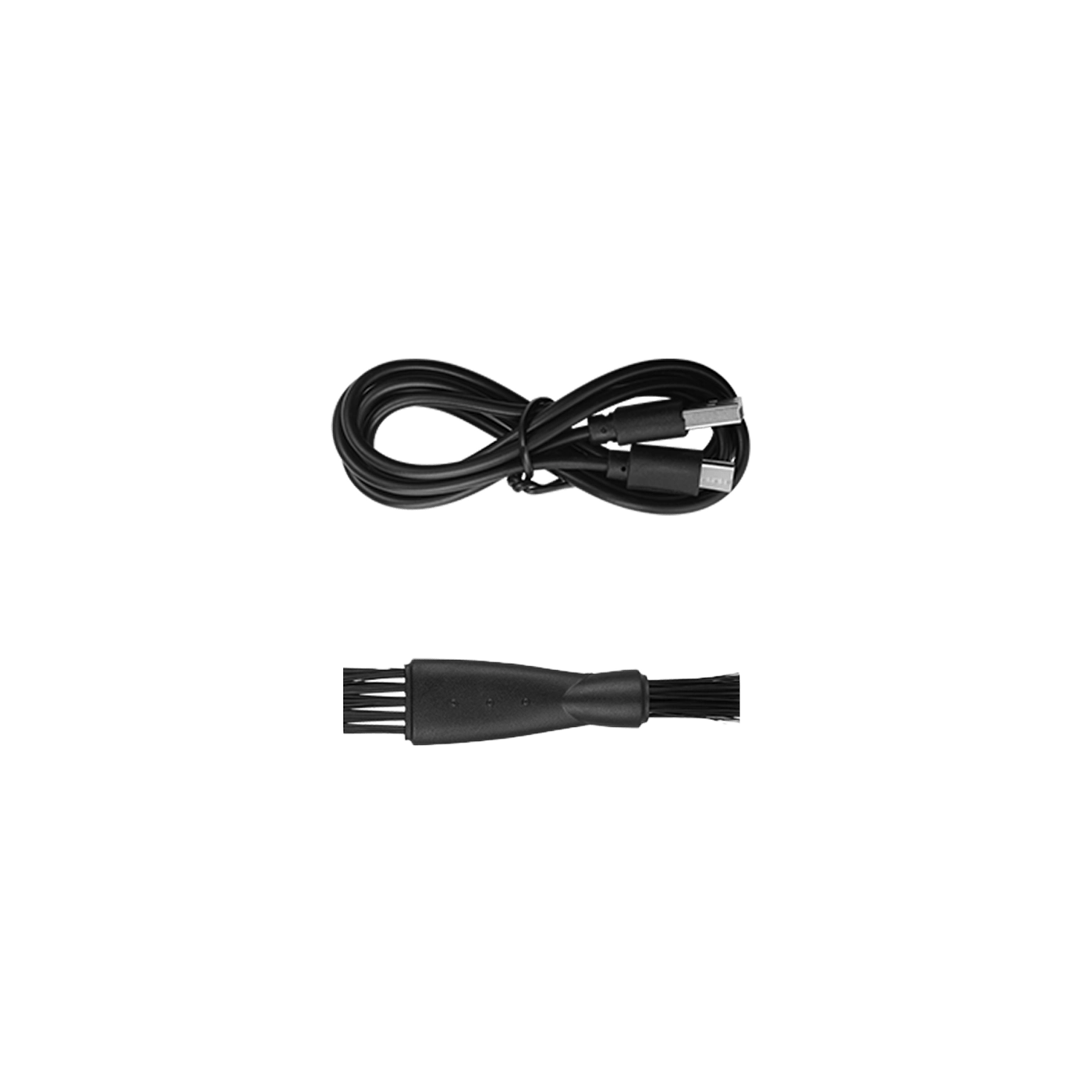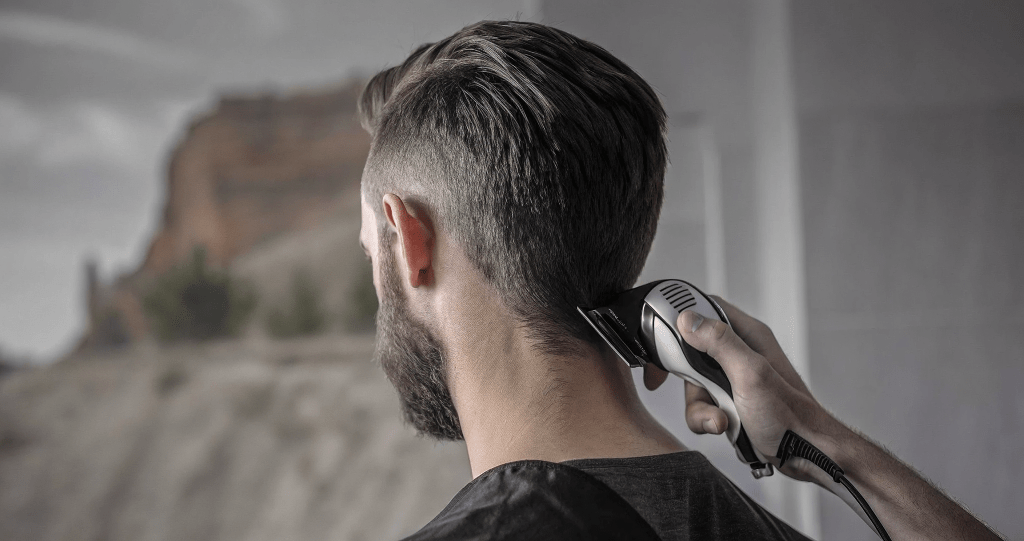Cutting hair with clippers can feel intimidating at first, but with the right tools and techniques, anyone can achieve a clean, professional-looking haircut at home. Whether you’re cutting men’s hair, trimming your own hair, or giving your child a fresh look, clippers are versatile and efficient.
This guide will teach you how to cut hair with clippers safely, choose the right tools, and maintain your equipment for lasting results.
Understanding Hair Clippers
Hair clippers are electric tools designed to cut hair quickly and evenly. Unlike scissors, clippers allow for precise length control and smooth fades. Clippers come in different styles, including corded, cordless, and adjustable blade models, suitable for professional barbers or home use.
When cutting hair with clippers, it’s essential to select the correct blade size. Clippers usually come with numbered guards, with lower numbers leaving shorter hair and higher numbers leaving longer lengths. Choosing the right guard helps achieve consistent results and reduces the risk of mistakes.
Tip: For beginners, start with a longer guard and gradually work shorter if needed.
Tools You’ll Need for a DIY Haircut
Before cutting hair with clippers, gather the essential tools:
- Hair clippers: Reliable models like Hair Clippers ensure smooth cuts.
- Clipper guards: Attachments for different hair lengths.
- Scissors: For trimming longer sections or finishing edges.
- Comb: Helps lift hair for even cutting.
- Cape or towel: Keeps hair off clothes.
- Mirror: To check angles and symmetry, especially when cutting your own hair.
Preparing for Your Haircut
Preparation is key for cutting hair with clippers successfully:
- Wash and dry hair: Clean hair is easier to manage and reduces clogging of clipper blades.
- Detangle: Comb through knots or tangles, especially for thick or curly hair.
- Decide the style: Whether it’s a classic fade, a buzz cut, or trimming boys’ hair, having a clear style in mind helps guide your cuts.
- Set up your workspace: Use a well-lit area with a mirror and a comfortable seat. Place a towel or cape around the shoulders to catch loose hair.
Cutting Men’s Hair with Clippers
Cutting men’s hair with clippers can range from simple trims to complex fades. Follow these steps for a basic home haircut:
- Choose the right guard: Start longer (like #3 or #4) and move shorter if needed.
- Start at the sides and back: Move the clippers upward in smooth, controlled strokes against the growth of hair.
- Blend layers: Switch guards gradually to blend shorter sides with a longer top.
- Trim the top: Use scissors or a longer guard for the top section, depending on the style.
- Check symmetry: Use a handheld mirror to view the back of the head and ensure evenness.
Cutting Your Own Hair with Clippers
Trimming your own hair requires patience and careful angles:
- Start with a mirror in front and a mirror behind to see the back of your head.
- Work in small sections, starting from the sides and moving to the crown.
- Tilt your head slightly to reach difficult areas.
- For the top, consider longer guards or scissors to maintain length and texture.
Many people choose this DIY approach to save money, maintain convenience, or experiment with different hairstyles at home. Using a high-quality clipper like Hair Cutting Kits simplifies the process for beginners.
Cutting Boys’ Hair with Clippers
Cutting boys’ hair requires extra care and patience:
- Choose a guard length appropriate for age and desired style.
- Keep the child engaged with toys, videos, or conversation.
- Use gentle strokes and avoid pressing too hard, especially around sensitive areas like the ears and neck.
- Blend the top and sides gradually to achieve a smooth, even look.
Pro Tip: Start with a longer guard to avoid cutting too short and build confidence gradually.
Techniques for Different Hair Types

Different hair textures require specific techniques for cutting hair with clippers:
- Straight hair: Clippers glide easily, ideal for fades or classic cuts.
- Wavy hair: Lift hair with a comb while trimming for an even length.
- Curly hair: Go slowly and use longer guards initially; clippers may tug if hair is tightly coiled.
- Thick hair: Work in sections and clean clipper blades frequently to maintain efficiency.
Using appropriate clipper maintenance tools like lubricating oil keeps blades smooth and prevents pulling.
Choosing Between Clippers, Trimmers, and Shavers
Understanding the difference between tools helps achieve the best results:
|
Tool |
Best For |
Notes |
|
Clippers |
General cutting, fades, full haircuts |
Comes with guards for length control |
|
Trimmers |
Edging, detailing, sideburns |
Precise, ideal for shaping |
|
Electric Shavers |
Close shave, finishing touches |
Smooth finish but not for full haircuts |
Combining these tools (Trimmers and shavers) ensures professional-level results at home.
How to Maintain Hair Clippers
Proper maintenance prolongs the life of your clippers:
- Clean blades after each use: Remove hair and debris with a brush.
- Oil blades regularly: Keeps them sharp and reduces friction.
- Charge or check cords: Cordless clippers need regular charging; corded clippers require inspection for frayed wires.
- Store safely: Keep clippers in a dry place to prevent rust and damage.
Common Mistakes to Avoid
When cutting hair with clippers, beginners often make these mistakes:
- Using a too-short guard immediately, resulting in uneven length.
- Ignoring the direction of hair growth, causing patchy cuts.
- Not blending properly, leaving harsh lines between different lengths.
- Rushing the process, leading to mistakes and frustration.
Take your time, and review each section before moving on.
Styling Tips After Clipping
After cutting, finishing touches make the haircut look polished:
- Comb and style: Shape hair according to the style.
- Use light styling products: Pomades or creams add texture without stiffness.
- Check edges: Use trimmers for clean sideburns and neckline.
- Wash and moisturize scalp: Removes loose hairs and keeps skin healthy.
These small steps improve both appearance and comfort.
Safety Tips for Cutting Hair with Clippers

Safety is crucial, especially when cutting hair at home:
- Always keep fingers away from blades.
- Do not force clippers through tangles; comb hair first.
- Use a towel or cape to prevent irritation from loose hair.
- Keep clippers clean and disinfected, especially if sharing with family.
Safety first ensures an enjoyable DIY haircut experience.
Blending Techniques for a Smooth Cut
Blending is key to a professional-looking haircut when using clippers. Harsh lines between different lengths can make a cut look uneven. Use these techniques:
- Gradual guard changes: Start with a longer guard at the top, then step down incrementally on the sides.
- Clipper-over-comb method: Lift sections of hair with a comb and cut along the comb edge to blend lengths seamlessly.
- Feathering: Lightly move the clippers in an upward, flicking motion to soften lines.
Proper blending ensures a natural transition between lengths and a polished finish.
Common Clipper Styles for Men
Clippers aren’t just for buzz cuts—they can create a variety of styles. Some popular men’s haircuts include:
- Crew Cut: Short on the sides, slightly longer on top.
- Fade: Gradual decrease in length from top to bottom; options include low, mid, and high fades.
- Undercut: Longer top with very short sides and back for contrast.
- Classic Side Part: Comb the top to one side while keeping sides trimmed with clippers.
Knowing which style you want beforehand helps select the right guard and technique for each section.
Maintaining Clippers for Longevity
To ensure your clippers last and always perform well:
- Clean after every use: Brush off loose hair from blades and attachments.
- Oil blades regularly: Reduces friction, prevents pulling, and keeps the motor running smoothly.
- Check the cord and battery: Replace damaged cords or fully charge cordless clippers before use.
- Store safely: Keep in a dry, cool place and use protective covers to avoid blade damage.
Well-maintained clippers not only cut hair better but also reduce discomfort and ensure consistent results
Frequently Asked Questions
How often should I cut my hair with clippers?
For short haircuts, every 3–4 weeks keeps the style neat. Longer styles may only require trims every 6–8 weeks.
Can I cut my own hair with clippers?
Yes, with proper mirrors, patience, and sectioning. Start with longer guards and work gradually to avoid mistakes.
What guard should I use for a first-time haircut?
Use a longer guard (like #4 or #5) for your first cut, then shorten gradually if needed.
Are clippers safe for kids?
Yes, if you use gentle strokes and keep the child engaged. Start with longer guards for safety and confidence.
How do I prevent uneven cuts?
Work slowly, follow hair growth patterns, and blend between lengths gradually. Checking with mirrors ensures symmetry.
Conclusion
Cutting hair with clippers at home is achievable with the right tools, technique, and patience. Whether trimming men’s hair, boys’ hair, or your own, understanding guards, blending, and maintenance ensures a professional-looking result.
For beginners, high-quality tools like Hair Clippers or Hair Cutting Kits simplify the process and make DIY haircuts easier than ever. Start slow, follow these tips, and you’ll gain confidence cutting hair at home.
Read more

Side Part Haircut: How to Achieve a Classic Look
The side part haircut is a timeless style that works for men of all ages. Whether you’re aiming for a professional look or a casual everyday style, a side part can elevate your grooming game. In th...

Garibaldi Beard: Complete Guide to Styling & Maintaining
The Garibaldi beard has become a classic yet bold statement in men’s grooming. Known for its full, rounded shape and natural flare, it exudes rugged charm while remaining stylish. Whether you’re ex...

